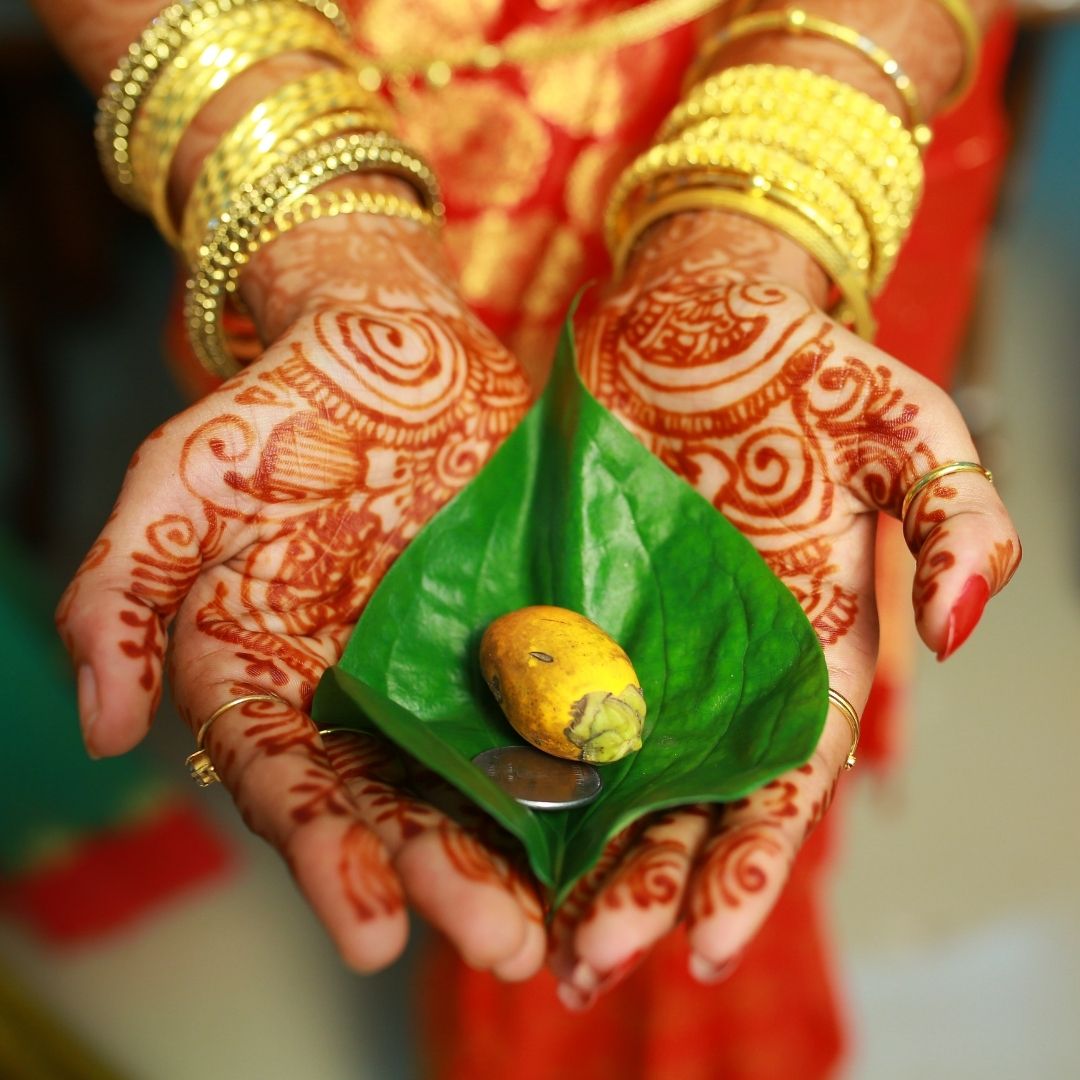
Image Credit: Pexels
Raising Marriageable Age To 21 Years Raises More Questions Than It Answers
Writer: Ratika Rana
Her primary objective is to inform, promote, educate and cultivate readers through writing.
India, 19 Dec 2021 10:01 AM GMT
Editor : Ankita Singh |
A literature lover who likes delving deeper into a wide range of societal issues and expresses her opinions about the same. Keeps looking for best-read recommendations while enjoying her coffee and tea.
Creatives : Ratika Rana
Her primary objective is to inform, promote, educate and cultivate readers through writing.
The government has put forward the proposal of raising the legal age of marriage for women to 21 years, from the current age of 18 years. The Cabinet approval came after the recommendation of a task force that was constituted last year.
The government's proposal of raising the marriage age bar from 18 years to 21 years among women has raised several eyebrows amongst the public and the Opposition. During the annual budget scene of 2020, Finance Minister Nirmala Sitharaman had announced that government would look at the 'age of girls entering motherhood' while aiming to lower the maternal mortality rate, ensure proper nutrition, and provide adequate facilities for higher education and further career options. The 10-member panel headed by Jaya Jaitley submitted its report to the Prime Minister's Office and the Ministry of Women and Child Development in December 2020.
The Many Marriage Laws In India
The Prohibition of Child Marriage Act, 2006 prohibits marriage below 18 years for women and 21 years for men. The Hindu Marriage Act, 1955 and the Indian Christians Marriage Act, 1872 prescribe 18 years and 21 years as the marriage age amongst girls and boys, respectively. The Muslim Personal Law (Shariat) Application Act, 1937, allows marriage for boys and girls who have attained puberty.
The children born to adolescent mothers face several health problems like stunted growth and low weight. The leading cause for such issues is the underlying poverty. Several doctors argue that 18 or 19 years is still a very tender age for girls to give birth and leaves behind high maternal and infant mortality rates. In India, child marriages are illegal but not void. The legal conditions are such that the union would be considered null and void only if the minor party petitions in the court. The provision has been kept in the legal framework to primarily safeguard the girl's rights, which she should not be deprived of in her marital home.
The occurrence of child marriage, especially that of girls, heavily depends on the family's economic situation. While the age limit for child marriage was raised from 16 to 18 in 1978, the on-ground progress began only when the government opened inclusive education policies for boys and girls. When the government stressed the need for primary education for girls and took measures to reduce poverty in the country, the rate of child marriages significantly started reducing.
Median Age Of Marriage Amongst STs Is 18.1 Years
Starting with primary education was one of the first steps that the government took; however, following it up with financial allowances for secondary and higher secondary education is the need of the hour. Such economic subsidies would have multi-yielding benefits, including an increased literacy rate, a better gross enrollment ratio, and a more gender-inclusive workspace. The Indian Express quoted that 70 per cent of early marriages happen in underprivileged communities like the Scheduled Castes (SCs) and Scheduled Tribes (STs). According to the recent report of the National Family Health Survey (NFHS-5), the median age for marriage among women is 25 to 49 years. However, there is a stark difference between the underprivileged section as the median age for marriage of girls in Other Backward Classes (OBCs) is 18.5 years, 18.4 years amongst SCs and 18.1 years in STs.
A study by the International Centre for Research on Women has found that girls out of school are 3.4 times more likely to be married or have their marriage already fixed than girls still in school. The State of the World Report 2020 by UNFPA reported that in India, 51 per cent of women with no education and 47 per cent of those in primary education are married by the age of 18 years. On the other hand, 29 per cent of women with secondary education and only 4 per cent of women with post-secondary education are married by 18 years.
Marriageable Age Across The World
Several western countries have the legal age of marriage as low as 15 years. India already stands ahead of them with over 70 other countries which mandate 18 years as the legal age of marriage. Therefore, further increasing the marriageable age to 21 years would do more harm than good in the legal framework. The provision would only lead to further marriages going underground and unnoticed, thus increasing the challenge of fighting domestic abuse and marital rapes. The best solution to tackle the menace of child marriage and improve women's health is extending the median age of marriage amongst girls rather than legally increasing it.
Moreover, it is unfortunate that after 75 years of Independence, a considerable section of the population lives on a hand-to-mouth basis, or further worse, belong below the poverty line section. Therefore, before increasing the marriageable age, the government should look after the economically paralysed families to support their children in the longer run. Providing free education improved literacy amongst girls. Perhaps, providing incentives for letting girls study and not forcing them to get married early could be a step forward to lessen forced marriages at a young age, especially for women.
Potential Solutions
One of the most alluring solutions to tackle the issue would be to provide significant cash incentives to girls who marry later than 21 years. Incentivising girls to obtain higher education, especially in the underprivileged sections of society, could be one of the steps that the government could take to lessen the cases of marriages amongst young adults and thereby reduce the overall maternal mortality rate.
The government also needs to plan ahead of time and provide the means to make the most use of its policies aimed at women empowerment. For instance, ensuring safe and hygienic toilets for girls in government schools with free or low-cost sanitary napkin dispensers could significantly reduce the dropout rate amongst girls. The recent NFHS showed that despite several laws against child marriage, 23 per cent of marriages in India are child marriages.
Therefore, it is evident that there has been a lack of efficient implementation of the rules set by the governments. Instead of imposing a legal age of marriage, it might be a more practical approach to polish women empowerment policies. Empowered women would not only stand up for themselves but for the country too.
Also Read: Telangana To Check Effectiveness Of Online Education After Over 50% Fail Class 11 Exams
 All section
All section














